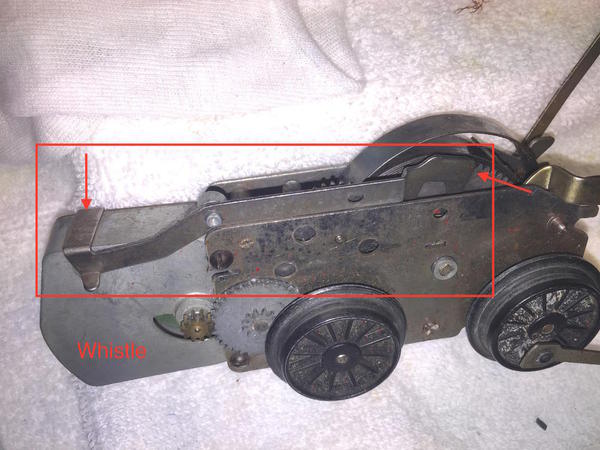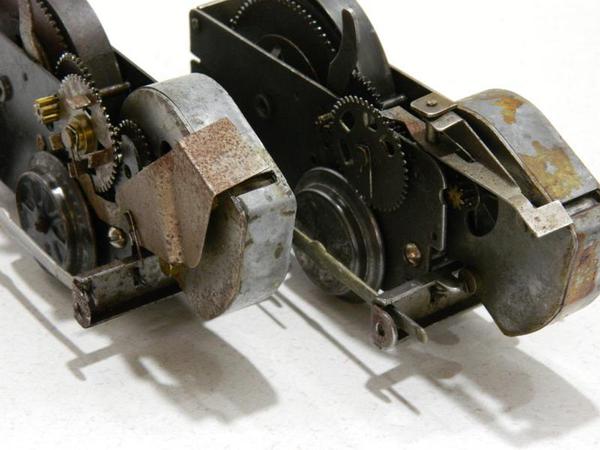Have posted in the past but thought I would try again. I have a beautiful Lionel 1511 clockwork commodore with whistle. The motor seems in pretty good shape, but the spring appears to be broken. The drive wheels also have hairline cracks. I finally found another engine that looks like the wheels are in good condition. Now I'm getting serious about taking the motor out of the engine. I have an Aerospace Engineering degree, but so far that hasn't helped me figure out how to drop the motor?
Does anyone out there have any experience removing the motor from this model? I just can't stand to tear it up trying to fix it.
Thanks,
Gene










